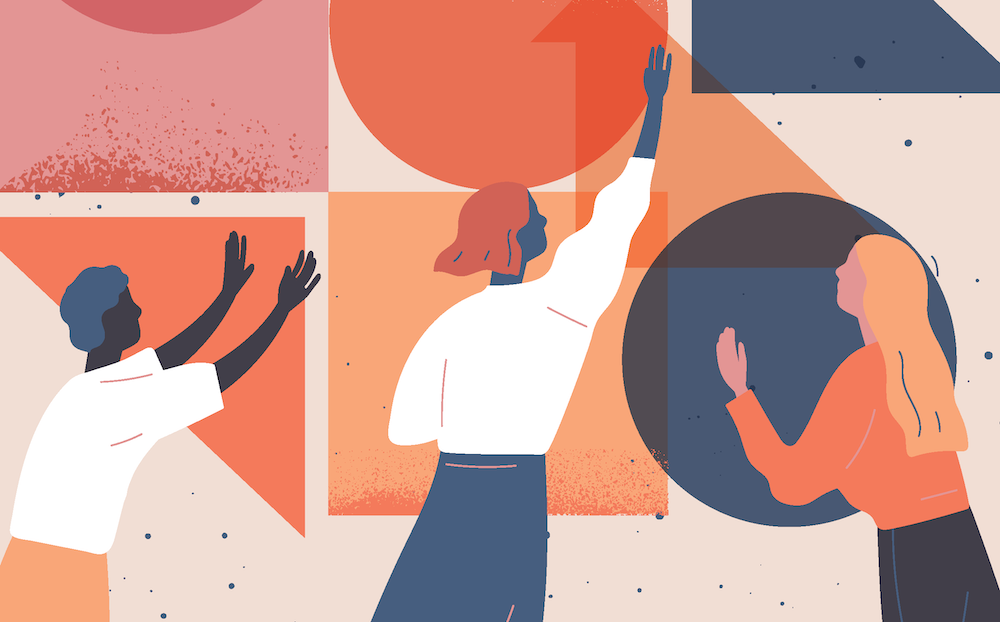In brief
We posted a blog about relational offsetting a couple of weeks ago. In discussing our own ideas, and in looking at what others have said and written, we noticed differences in how we understand the key words. We thought it would be useful to set out our understanding of “personalising” and “customising” and to introduce a new phrase – “making relational” – to capture the behaviours that we think are no less important but most at risk in the drive to exploit the wonders of technology.
“Now there are just six of us in the large Waiting Zone. The busy receptionist stretches over the security screen. “I’m boiling a kettle,” she says. “Anyone for tea?”
“No,” I say. “Thank you.”
I’m called to the room where my wife is having tests. She is surrounded by machines.
When we both return the Zone is empty except for the receptionist. She is still busy. I think she hasn’t seen us as we settle in the corner gathering our thoughts.
“Maybe now?” she says quietly. “The tea?”
The hospital could install a touch pad on the wall for patients to check in. The doctor could call patients with an intercom from her desk. A vending machine could brew the tea. Machines can do a lot but they can’t do everything. “Maybe now? The tea?”
I was reminded of that afternoon when I heard the PM talk about AI enabling teachers to personalise a lesson plan. AI and far more basic technology can support, enhance, enable and create the space for personalisation, all to be welcomed and wonderfully useful, but the steps beyond all this, acting with empathy and insight, kindness and trust, will always be, and can only be, human behaviours.
We have been talking about this as we have been thinking more about Relational Offsetting. It made us think it might be helpful to clarify and define our terms. We talked before about ‘customising’ and ‘personalising’. Here we offer an additional phrase to capture those behaviours that machines can never replace. We’ve called it simply ‘making relational’.

To help illustrate what we mean, let’s imagine someone called Sam is looking to buy his soon-to-be born baby a present.
- Customisation involves a user inputting data about themselves to meet their own needs. Sam might go to a standard website (like John Lewis) and enter in the search bar the products that he is looking for (a tractor jumper) and the size (newborn baby). The website then shares a list of products he might be interested in. It’s a customised list, but he’s had to drive the process of getting there.
- Personalisation involves a company or organisation modifying a service or interaction using data about a person to meet their individual needs. Sam’s social media is an example of a personalised service – it’s got to know him over a period of time by tracking what Sam searches for, what he clicks on, and what he ‘likes’. It has learnt that Sam is interested in farming, and that he has been searching for content related to babies recently, and it now bombards him with adverts for off road buggies and tractor-themed baby clothing, anticipating that these are things that he might like, need and buy. It’s a personalised list, but he hasn’t had to be an active participant in creating it.
- Making relational involves a deeper, interpersonal understanding formed between two human beings. An example here might be a conversation between Sam and his friend Aisha. Sam tells Aisha that he wants to buy his baby a present but doesn’t know what to get him. Aisha draws on her own experience, as well as her understanding of Sam and the information that they unearth in the conversation itself to come up, together, with the idea of a tractor-themed baby jumper. Aisha recommends a friend’s local business who makes them, and which she knows is in the sort of price bracket Sam can afford. It’s a relational process where they work together to come up with the output / solution, and through which their relationship is strengthened.
As ever we offer these definitions as suggestions, rather than the final word. Do please comment, and build in the comments.
